The Art of Molding Clay: Exploring the Tradition of Pottery in India
Dastan Huzaifa
February 11, 2023. 3 minute Read
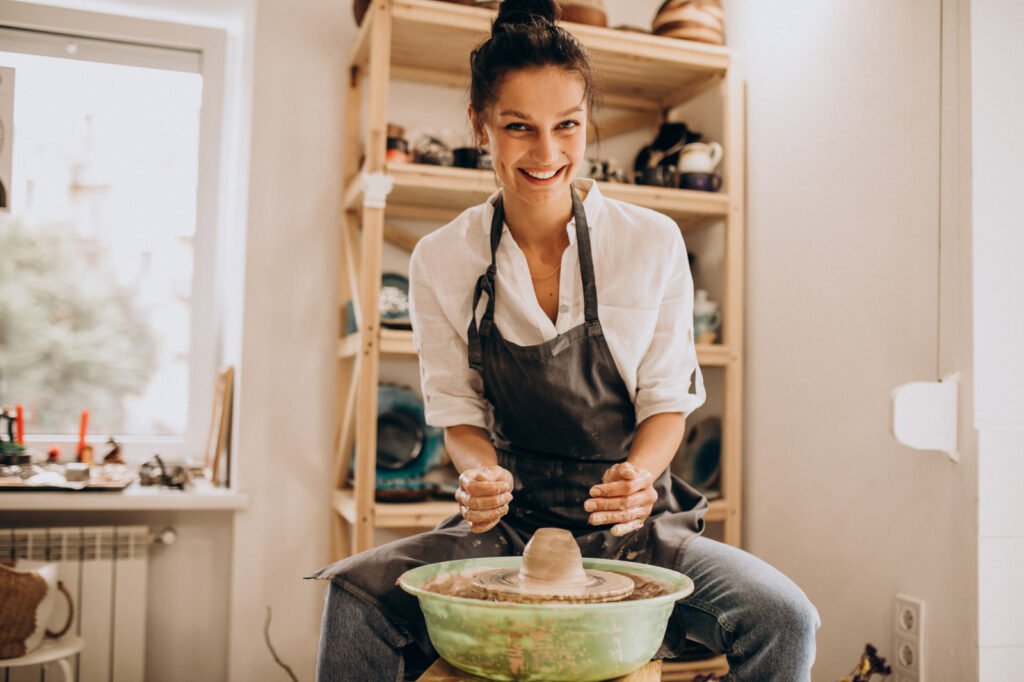
Pottery is the art of molding clay into beautiful and functional objects; it is a rich part of India’s cultural heritage and a great way to spend a Sunday afternoon. Whether you’re an experienced potter or just looking for a gateway to a creative weekend morning, Pottery offers a fun and satisfying experience. From molding the clay to firing it in a kiln, creating your Pots is both calming and rewarding. So why take a break from your busy schedule and spend quality time indulging in this timeless Tradition?
Pottery is a truly delightful and entertaining experience that provides a unique form of creativity and imagination. As you work with the wet clay, you can feel the cool because of the smooth texture between your fingers, and the sensation of molding the material into whatever shape you desire is truly magical. As you work, your hands become covered in moist clay, making them wrinkled. But the fun part of Pottery is that you create something unique, and the experience is calming and engaging. Despite the simplicity of the process, the output is different. Even the slightest changes in how you handle the clay or mold can result in a completely different final product. This unpredictability adds an element of excitement to the pottery experience and makes each piece you create genuinely one-of-a-kind.
Pottery is not just a craft; it’s a form of self-expression and a way to connect with the rich cultural heritage of India.
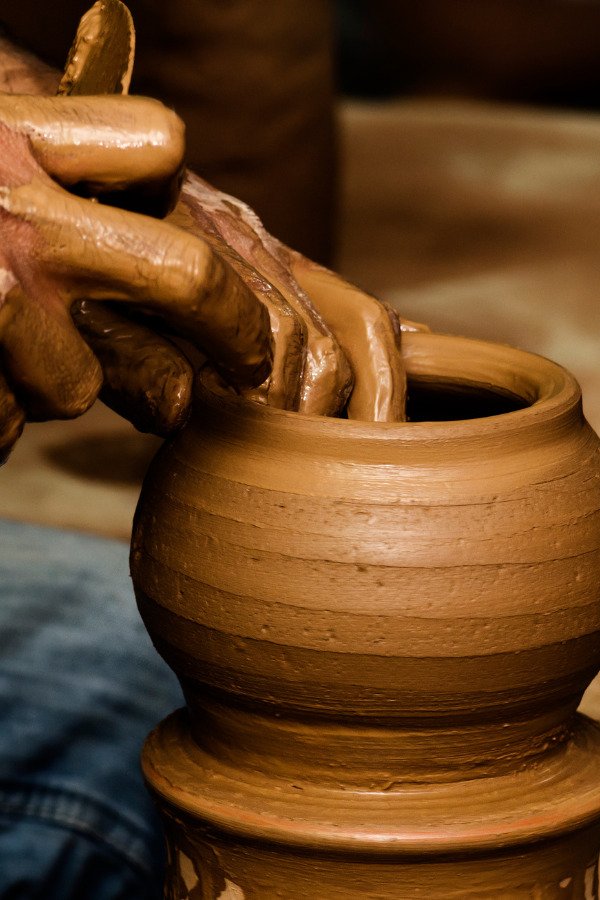
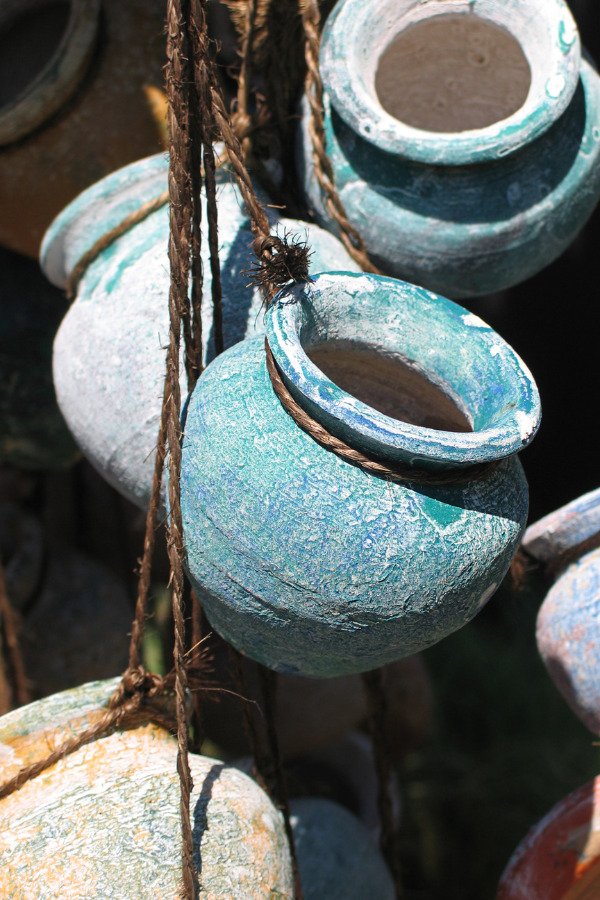

The Indian Style Pottery
Pottery in India has always been a significant part of cultural expression. From the pots from the Indus Valley civilization to women carrying mud pots of water on their heads, these references are a part of who we are. From simple and functional vessels to ornate and decorative pieces, Indian Pottery is known for its intricate details and use of natural materials. The use of rich colors, such as blues, greens, and yellows, and the incorporation of traditional symbols and motifs further enhance the beauty of Indian Pottery.
Pottery Symbolizes our Tradition
Pottery in India is not just a craft; it is a symbol of Tradition and cultural identity. Still, In many regions of India, the art of Pottery has been passed down from generation to generation, and the techniques used have remained unchanged for centuries. This connection to the past and cultural heritage gives Indian Pottery a unique significance and makes it an essential part of the country’s cultural heritage.
Different Types of Pottery in India
India boasts diverse pottery styles, each with unique techniques, designs, and cultural significance. From the vibrant and intricate Khurja pottery to the rustic and natural Khavda pottery, there is something for everyone. The Andretta pottery, made in the Himachal Pradesh village of Andretta, is known for its simple and functional designs, while the Blue Pottery of Jaipur, made using a unique glaze, offers a touch of elegance and sophistication. The Bidriware, made in the city of Bidar in Karnataka, is a stunning example of India’s metalworking traditions and showcases intricate designs made from a combination of silver and copper. Each type of Pottery offers a unique perspective on India’s rich cultural heritage, making it a fascinating subject to explore.
Khavda Pottery
Khavda pottery is a unique pottery style characterized by its earthy and rustic appearance. Made in the village of Khavda in the Kutch district of Gujarat, this Pottery is known for its natural materials and simple yet striking designs. From traditional clay water jugs to decorative pieces like lanterns and vases, Khavda pottery represents India’s rural pottery traditions.
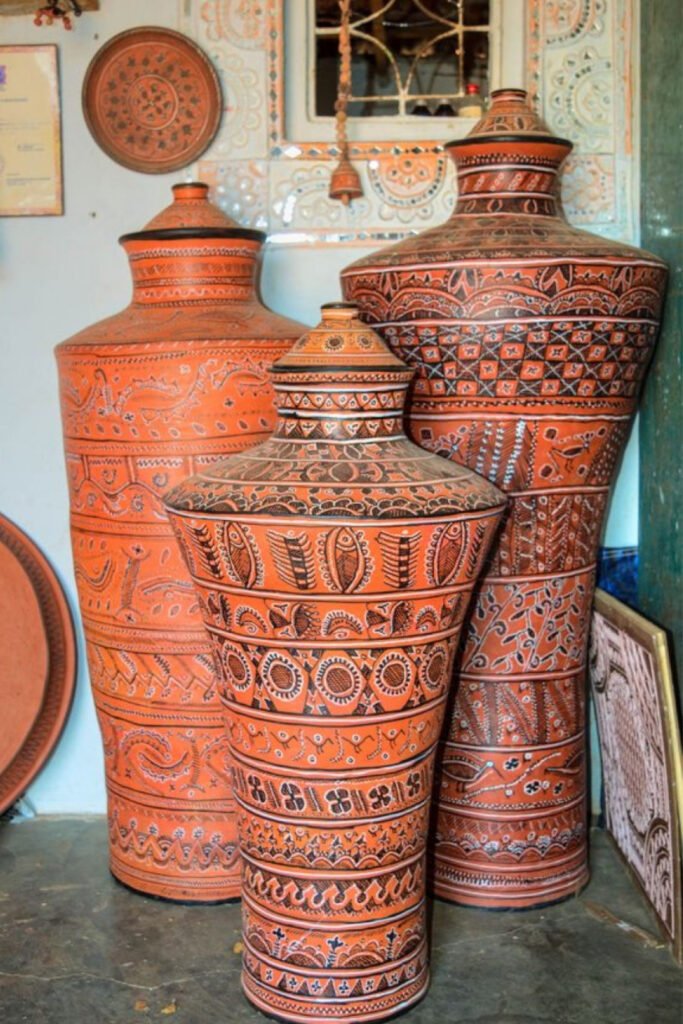
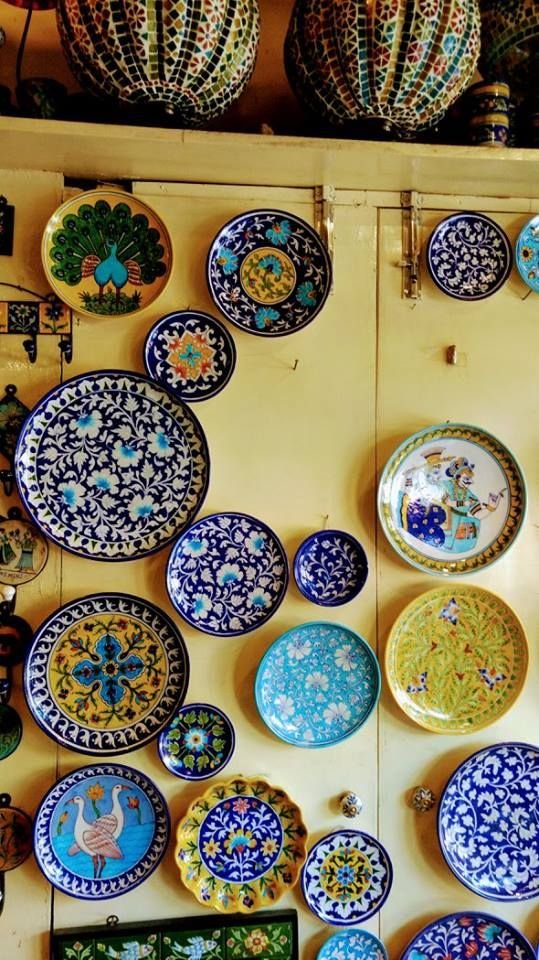

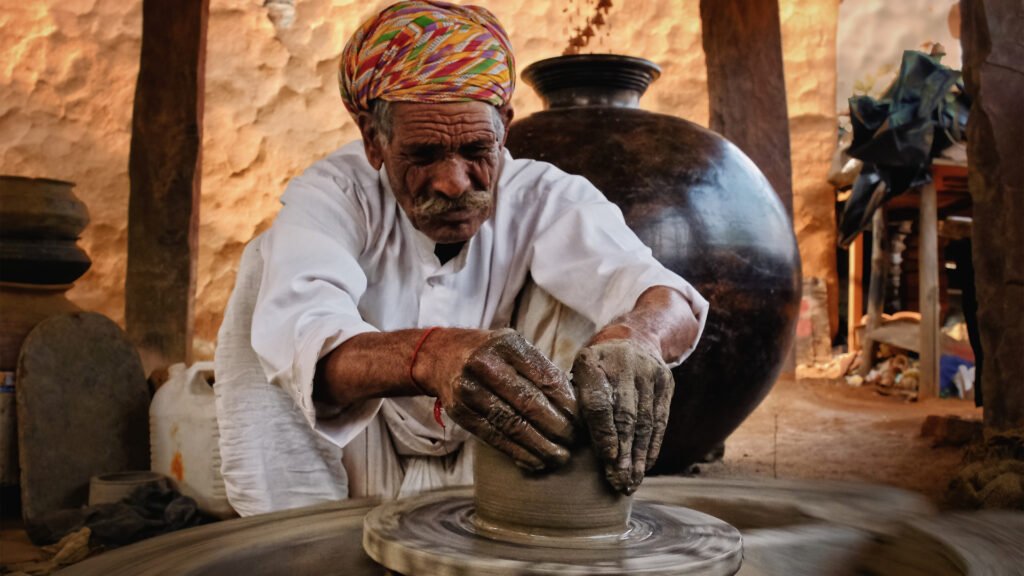
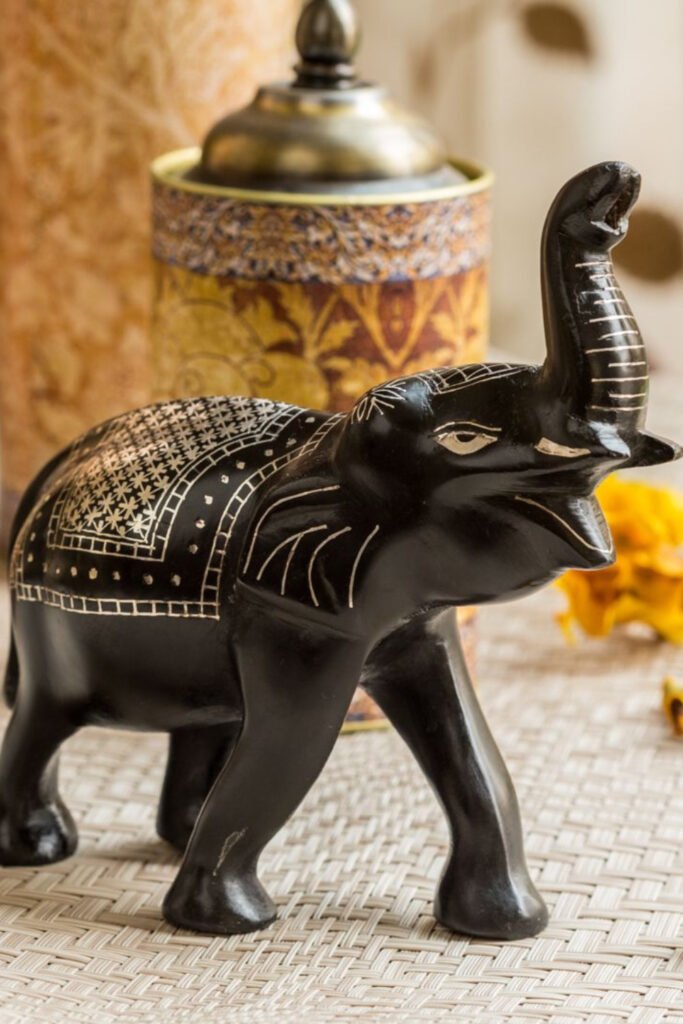
1st Row: From left Khavda Pottery from Gujrat, Blue Pottery Jaipur, and Andretta Pottery from Himachal Pradesh. 2nd Row: Man doing Pottery and Bidriware Handicraft from Karnataka.
Andretta Pottery
Andretta pottery is a pottery style made in the small village of Andretta in Himachal Pradesh and is known for its use of natural clay and traditional techniques; Andretta pottery has simple and functional designs. From practical items like cooking pots and plates to beautiful pieces like vases and jars, Andretta’s Pottery is a true testament to the skill and creativity of India’s potters.
Blue Pottery Jaipur
Blue Pottery is yet another unique form of Pottery from Jaipur, Rajasthan. Unlike traditional Indian Pottery, which usually uses red clay, Blue Pottery uses a particular type of glaze that gives it its distinctive blue color. From intricate designs like traditional Indian motifs to simple and modern patterns, Blue Pottery is a popular choice for those looking to add a touch of elegance and sophistication to their homes.
Bidriware Handicraft
Bidriware is a type of metalware made in the city of Bidar in Karnataka. Characterized by its unique design and intricate detailing, Bidriware is made using a combination of silver and copper and is known for its beautiful and intricate designs. From functional items like hooks and hangers to decorative pieces like vases and candle holders, Bidriware represents India’s rich metalworking traditions.

Final Thoughts
In conclusion, the Tradition of Pottery in India is a truly mesmerizing art form that showcases the country’s rich cultural heritage. From its intricate designs to its connection to India’s history and traditions, Pottery is a captivating subject. As a writer, exploring the different styles of Indian Pottery has been an enriching and fulfilling experience, and I highly recommend it to anyone looking for a creative and calming hobby. So why spend your next Sunday trying your hand at Pottery? Whether you’re a seasoned pro or just starting, it’s a fun and rewarding activity that will bring a sense of calm and satisfaction to your day.
Subscribe to new post
The One Liner
Useful Links
Order Related Queries
Useful Links
Order Related Queries


